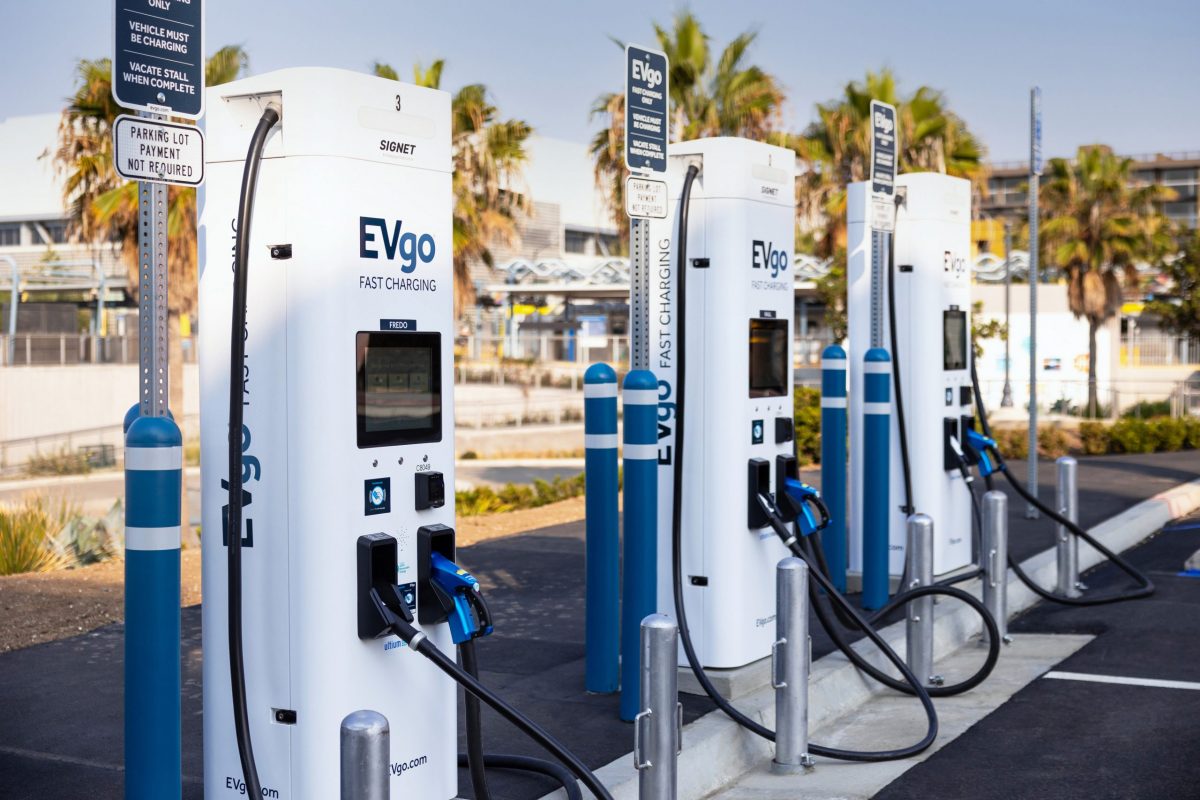A new age of greenhouse emissions-based fuel economy standards went into effect under the first term of President Obama that stands to increase the average fuel economy of 2025 model year cars and light trucks to a fleet average of 54.5 mpg. These standards are in large part behind a new wave of innovation in the automotive industry that stands to alter the cars we drive in the next several decades.

However, in 2025, the average mileage of passenger cars may not exactly be the 54.5 mpg – but it will be very close and much better than what we have today. In part, this is due to the flexible nature of the new fuel economy rules. The standards are specific to the size – or “footprint” – of a model and can be met without car companies introducing a fleet packed with subcompacts or electric vehicles. But it is also because of the huge level of innovation the industry has already shown.
OEMs have had no trouble meeting these goals so far. In 2013, the industry averaged a record high fuel economy of 24.1 mpg, 1.4 mpg higher than the regulations require. The introduction of new technologies is accelerating. For example, there are currently 76 alternative powertrain models – out of a total of 265 available in the American market. 15 years ago, there were just two – Toyota Prius and Honda Insight. But most of OEMs’ recent gains in fuel economy have relied on less exotic off-the-shelf technology like turbocharging, more efficient transmissions and lightweight materials.
In the coming years, as the innovation cycles driven by these regulations begin to produce more advanced, efficient and cleaner automotive technology, car companies’ capacities to improve efficiency are likely to accelerate significantly. Batteries with much higher levels of power density will drive hyper efficient, long-range electric vehicles. Broader technological developments like autonomous cars and vehicles that are integrated into the “Internet of Things” will further promote safer and more efficient operation.

As long as the enormous expertise and innovation of global car companies – as well as that of new entrants like Tesla – remain focused on low carbon efficient technologies, massive improvements in mileage over the next decade are possible. And when forward-looking car companies ask the drivers of the future what vehicles they want, they will also see their necessity.
One group of future drivers, young people in the wealthier OECD nations, is already forcing OEMs to reevaluate transportation. Teenagers and adults in their early twenties view cars as less important than previous generations. Today, online networking and streaming entertainment takes teenagers places that only cars used to. This generation also increasingly employs car sharing or on-demand transportation services like Car2Go and Uber in the US or France’s BlaBlaCar. The result is a decrease in both car ownership and licensed drivers among the so-called Millenials.
Some OEMs are adapting to retain these reluctant drivers. BMW’s i3, for example, is specifically designed to appeal to this market both in a traditional ownership model and as part of a fleet of on-demand vehicles. The i3 is produced from a totally new manufacturing process that uses carbon fibre manufactured in a plant powered by clean hydro energy. The car is powered by batteries and an electric powertrain, which combine to deliver the equivalent of 124 mpg.
Another, much larger group of future drivers, will need vehicles that make sense in the rapidly expanding urban jungles of the developing world. For the foreseeable future, the fastest growing new vehicle markets will be found not in Europe or North America but among the expanding middle classes of China, India, Brazil and other countries. These drivers of the future are increasingly likely to live in burgeoning cities. And these megacities will be facing unprecedented environmental demands.

Many cities – from Paris to Beijing to Singapore – have already taken action to reduce pollution and congestion. Some prohibit vehicles with dirty emissions from entering parts of the city. Some seek to discourage driving altogether with high taxes on car registration or fees to enter the city centre. Other cities encourage the use of high-efficiency electric vehicles by creating a huge network of publicly available charging stations. As a result, future drivers will have less of the “range anxiety” associated with purely electric vehicles.
Finally, drivers around the world will be following rules that are similar to the US CAFE and greenhouse rules. Today, roughly 70% of all the cars made in the world need to meet standards for emissions and fuel economy and will converge by 2025. Over the next ten years, the greenhouse gas and fuel efficiency targets set by the four largest car markets – US, Europe, Japan and China – will converge. These megatrends will create a brand new opportunity for OEMs: fuel efficient, clean “global cars” that could be sold to an unprecedentedly large market. When future drivers speak, they will want and need cars that are even cleaner and more efficient than today’s offerings.
Margo Oge is the former director of the Office of Transportation Air Quality for the US Environmental Protection Agency (EPA). Ms. Oge is the author of Driving the Future: Combating Climate Change with Cleaner, Smarter Cars [Arcade Publishing, April 2015]



